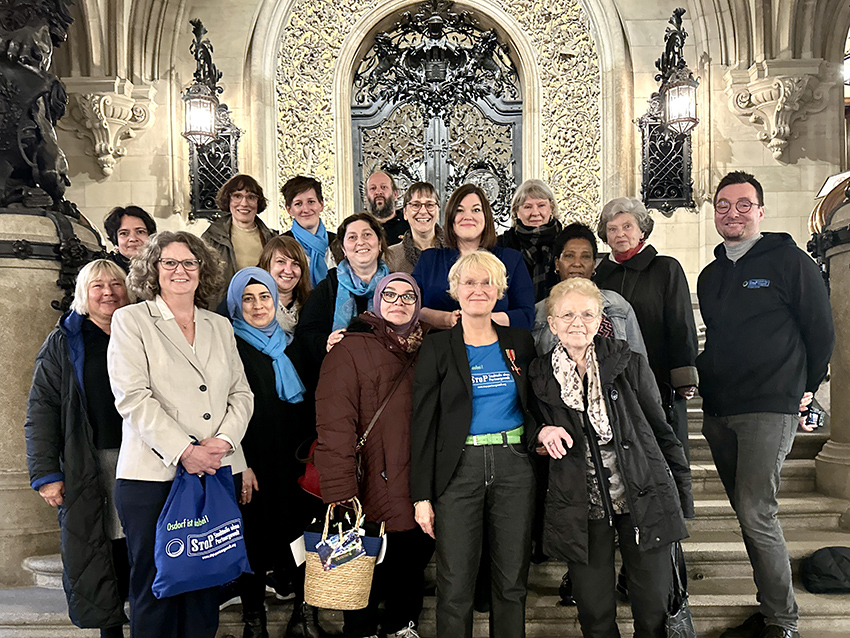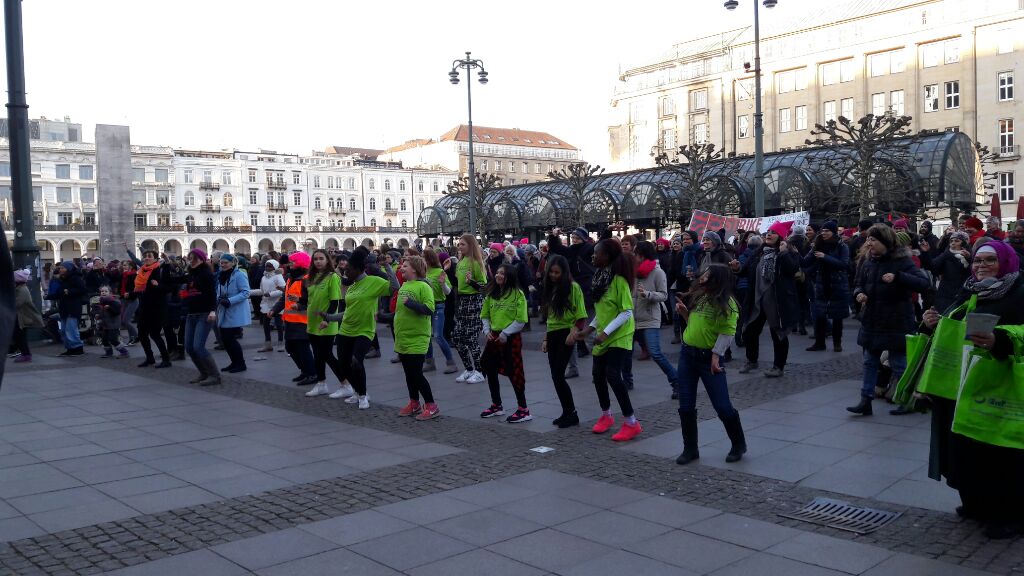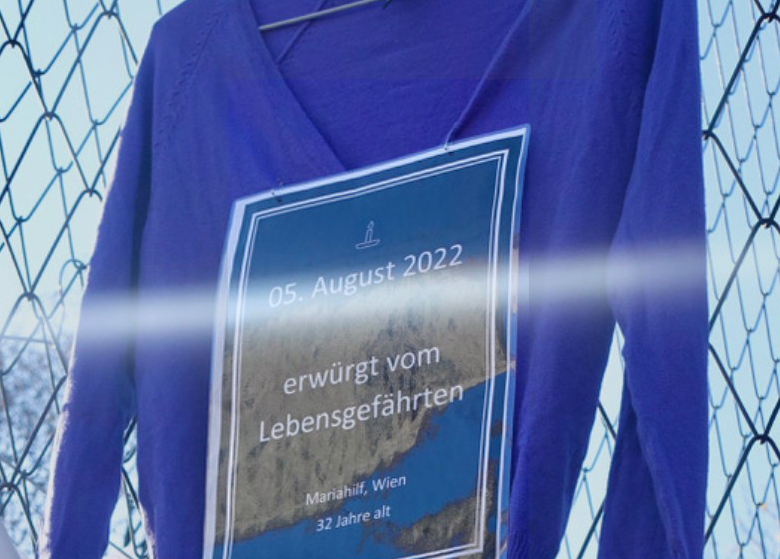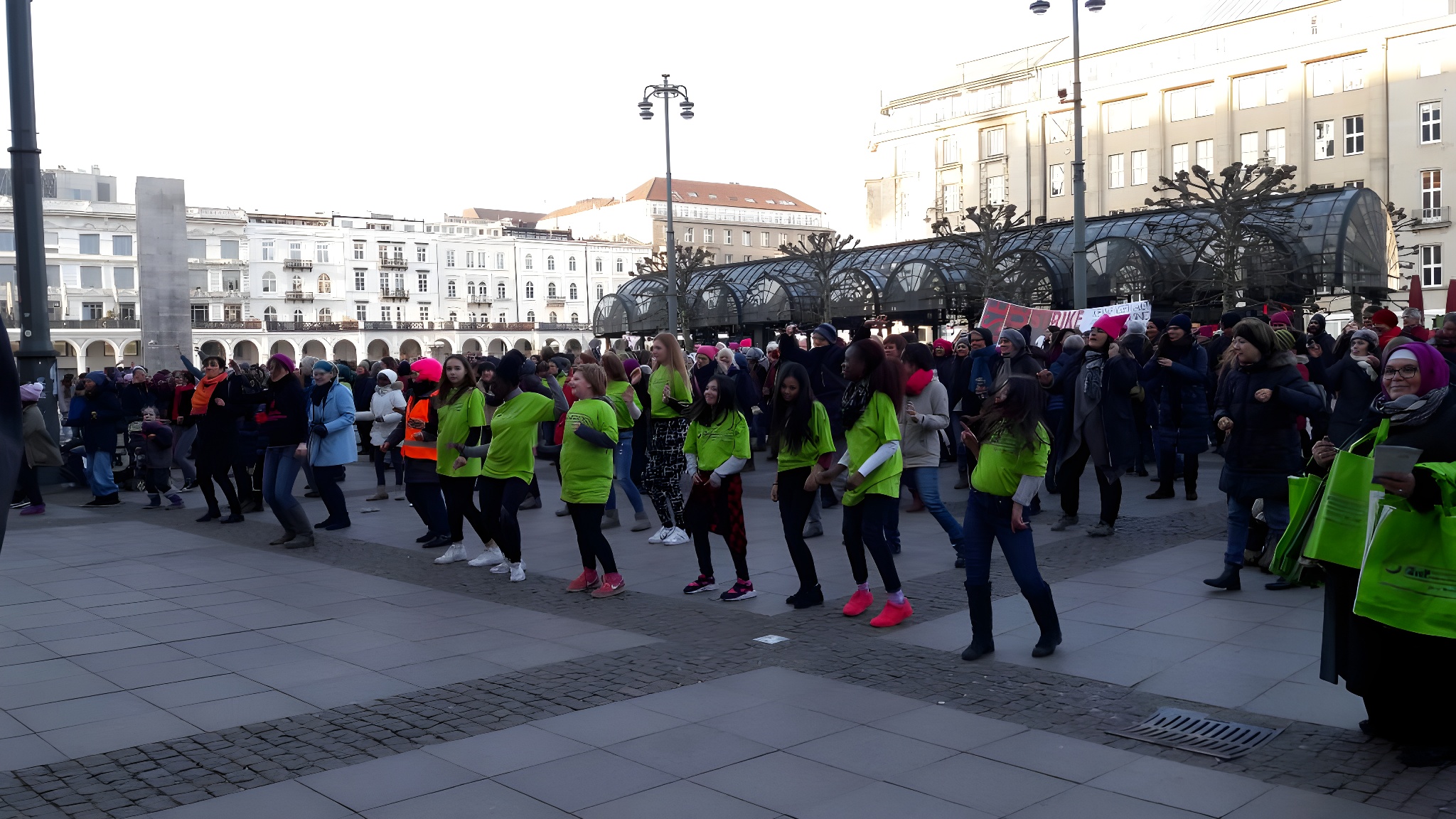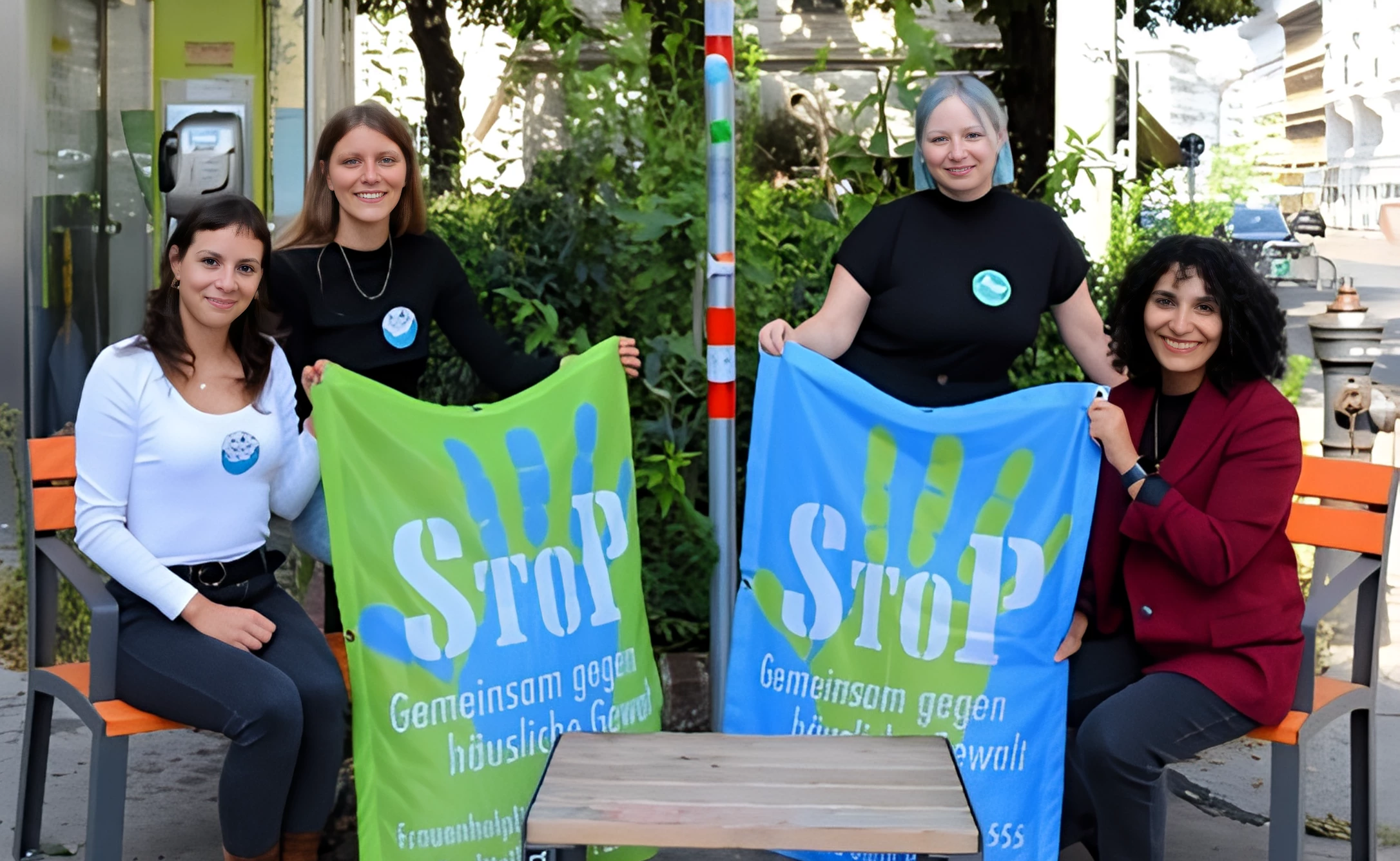Why
There is a link between violence in the local communities and the unequal distribution of power between the genders, as well as traditional gender norms and education in society as a whole. Larger-scale interests, structures, laws and developments have an impact on local conditions. It is therefore not enough to confine activities to one district. A broader base, cooperation and alliances are needed, not least to gain momentum for the development of one's own work and, importantly, to gain resources for StoP work locally. Social change for social justice and liberation is driven by the indignation of disadvantaged people at prevailing conditions, the desire for a better life, visions, new ideas and the power to implement them. An important source of power is people, acting together in an organised way.
Working in coalitions is an effective way for advocacy organisations to share and maximise resources to achieve a common goal. Coalitions can draw on the expertise of partner organisations, harness the power of supporters and speak with a unified voice to promote policy change (Alliance for Justice 2018).
What
This is about political campaigning and coalition building, lobbying and fundraising. There are many publications and toolkits that we can use in our Stop work. The methods you choose will depend on your exact goals. In order to achieve anything, it is necessary to cooperate and form alliances with other groups, organisations, social movements and influential people (celebrities, politicians) with whom there is an overlap in content. In the case of StoP, this includes anyone working on gender equality issues, from pro-choice to equal pay, as well as specific violence issues such as femicide, sexualised violence, partner violence and trafficking in women. Possible are also groups and individuals working on health issues and also social urban development, which includes security in the sense of non-violent conditions. Alliances can be informal or formalised, for example by writing and signing agreements on cooperation, roles and responsibilities, or by a local StoP group becoming a formal member of a larger organisation, which is likely to involve costs (membership fees). However, StoP groups need to prioritize their available resources, so they should not get bogged down.
Making an issue visible and raising public awareness of an issue such as gender-based violence is important for achieving goals, but it is not enough as we are living in an attention economy. Attention is fleeting and does not necessarily bring about the desired change (Han 2022).
A whole range of actions and resources are required. The good thing is that there is a wide range of skills and talents needed, so many people can get involved and be part of it. Depending on the approach chosen by the Stop Group or Alliance, there are many different tasks and implementation steps, for which you can find more detailed information in the links provided.
Forms of action include
spreading information, raising awareness and making contacts through poster campaigns, social media posts, studies, interviews and articles in (specialist) journals, online and offline, conferences, webinars, training, one-to-one meetings. Targeted lobbying through contacts and meetings with decision makers and providing expert opinions, studies and research reports, as well as concepts, ideas, statements and formulations for consultations and legislation that affect the StoP issue. Direct public action, from street theatre, vigils, blockades, pickets to demonstrations and petitions. For example, every year on the 14th, dance performances called 'One Billion Rising' take place in many places around the world. In the weeks leading up to the event, Stop groups and many others meet for workshops to practice the dance.
Objectives
- To bring a specific issue related to Stop (more) into the public eye in order to create knowledge and awareness through information
- to implement these demands, e.g. to support, prevent or change a specific legislative proposal, such as rape laws (only 'yes' means 'yes'), violence protection laws (e.g. restraining orders), contraception or abortion.
- Resources to secure and develop Stop work in individual regions or for wider Stop tasks, such as training, consultancy for interested municipalities, evaluation and research into effectiveness.
Facilitators guide
As a Stop organiser, it is important to clarify your own role in these processes: as a general rule, paid staff tend to work in the background, while people from the neighbourhood, Stop groups and networks are empowered to take action. The principles of democratisation and participation are essential. Working in coalitions and lobbying requires confidence, expertise and communication skills from both the StoP professionals and the StoP community activists – and these need to be practised. It is probably a good idea to appear together at alliance meetings and discussions, at least while the community ativists feel insecure.
Time and people needed
This depends on the occasion and cannot be generalised. For example, if actions are planned for 25th of November, International Day for the Elimination of Violence against Women, or for Women's Day on 8th of March, there will be alliances that meet sporadically and alliances that meet regularly between monthly and weekly meetings close to the date. Depending on the size of the action, whether it is a demonstration, a performance, a vigil or a press conference, thousands or just half a dozen participants are needed.
Target groups
- Individual politicians
- Celebrities (film, music, sport...)
- Political parties
- Associations
- Parliaments
- Regional, general public
- Potential sponsors
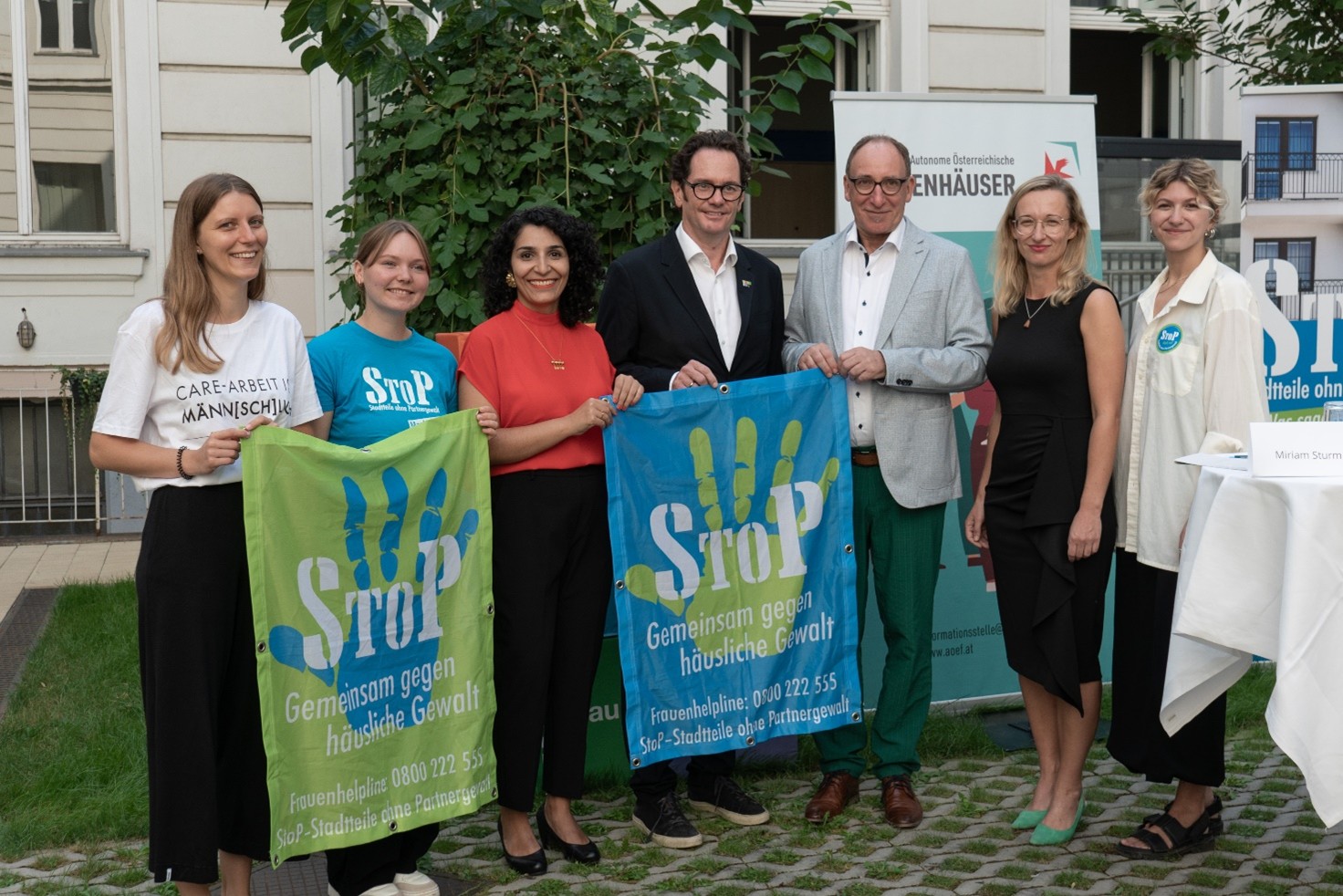
Steps / Action
- Clarify the goal: What exactly is our goal? Goals should be specific, measurable, achievable, relevant and time bound (concrete deadline).
- Research: Who (organization, group, person) has similar aims to StoP? Who might be interested in our concerns? Who has influence in the area where we want to do something? What is their scope and influence? How many people are involved? What are their achievements? Who are the contacts? Who do we know personally? Who do we know who knows someone in that organisation or who knows a celebrity? What is their goal, their approach? Can we support this, is it appropriate for us?
- Clarify resources: What can we offer, why should they work with us, give us something? How much time can we invest? Who in the StoP network has what skills to work in the alliance and/or on specific joint actions? How can we get the skills we need? Do we have enough knowledge, do we need more to present our case?
- Prepare actions (in the alliance): Depending on the case, it may be necessary to research information and expertise on the issue, formulate arguments, texts and demands, design posters, paint banners, compose music, rehearse performances, organise dates, print flyers, get permissions (for street actions), to rent venues, arrange meetings and prepare negotiations.
- Evaluation: The results of the alliance and advocacy work should be documented and evaluated against the objectives. This provides a basis for learning and development and will increase the chances of success for future actions.
- Celebrate your successes: Cultivating appreciation and joy is very important to strengthen motivation and long-term commitment. This was already recommended by the founder of community organising, Saul Alinsky.
Links
-
Smart goals for nonprofits:
-
Helpful material from the Community Tool Box:
-
Developing effective coalitions:
-
Community Advocacy Campaign in 7 Steps:
